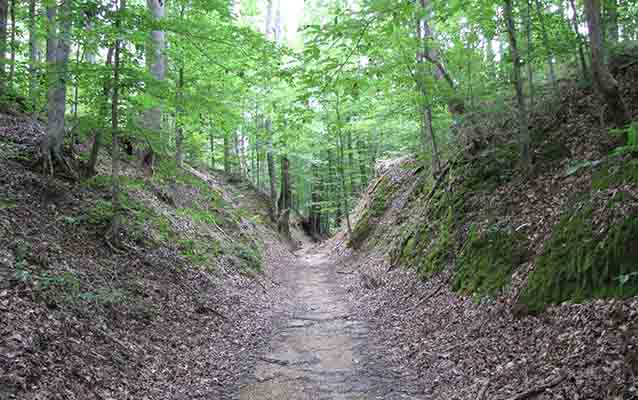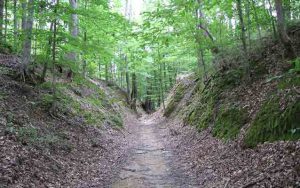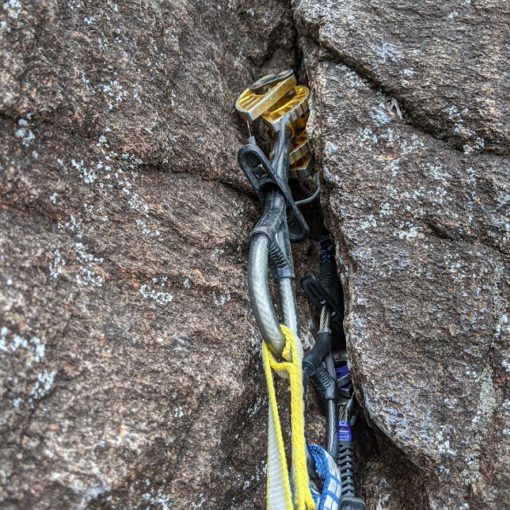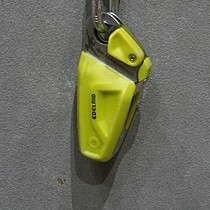There are so many interesting histories, trivia, and facts that I learned about rock climbing the past six to seven years that blew my mind. Did you know in the US there is a distinctive classification for walking routes, hiking routes, rock climbing routes, and others (ice climbing, mountaineering, etc)? There is also a protection rating that is ranked like a movie rating from rated G to rated X. You probably think “so what is the rated X look like…” Read on and you’ll find out. =)
In this article, we will discuss the rock climbing rating system of the different routes from easy (walking) to difficult (climbing with aide) and the reasons why they were rated. After reading this article, you will be ready for your next hiking expedition and be prepared to bring the right gear for the right hike.
Yosemite Decimal System (YDS)
The Yosemite Decimal System (YDS) is a grading of routes developed as a Sierra Club grading system in 1930 to rate hikes and climbs for the Sierra Nevada range. It consists of six classes of technical difficulty from easiest to the most difficult.
The “grade” and “protection” rating categories were later introduced in the 1950s to the rating system for further detailed descriptions, particularly in the Yosemite Valley. According to Wikipedia.org, the “grade” describes the amount of time needed to complete a climb, and “protection” describes the availability and quality of places on a climbing route where a climber may utilize climbing protection.
Classification of difficulty
The YDS classified the hikes and climbs into five classes. The 6th class is impossible to climb without an aide. Each may vary in definitions as you find them defined slightly differently over the internet. Some hikes or climbs are subjective depending on a person’s physical condition as well. So gather the information and choose to take on what is comfortable for you.
- Class 1 – Walking with tennis shoes or hiking boots on an established flat and fairly easy trail.
- Class 2 – Hiking steep inclines with the aid of occasional use of hands. Hiking boots are recommended.
- Class 3 – Climbing a steep hillside with moderate cliff exposure. The use of hands is needed for climbing up. A rope may come in handy for beginning climbers but is not required. One may fall at a short distance.
- Class 4 – Simple climbing steeper than class 3 and more exposed. Most people may use a rope for assistance. If fall, it could be fatal.
- Class 5 – Technical climbing begins at this class. A rope and a harness would be needed to protect and catch a climber when fall. In this class, the climbs are subdivided into further rated categories for more details from easiest to hardest.
- Class 6 – Impossible to climb without aid. There are no hand or footholds. There is a rating between A1 to A5 to give the details of difficulty.
Rock Climbing of Classification 5
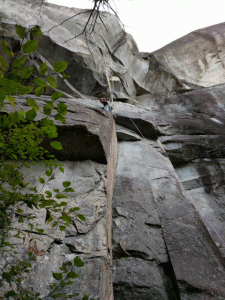
The technical difficulty of a route that uses rope and belaying. The ratings are subjective for indoor and outdoor. They also vary from gym to gym. I have encountered 5.8 outdoor that is more difficult to climb than a 5.8 indoor gym.
5.1 to 5.6 Easy climbing for beginners with large handholds and footholds. Sometimes the routes are on a slab where the wall is ten to twenty degrees less vertical.
5.7 to 5.9 Technical climbing such as feet and body positioning or pivoting starts. Large handholds such as jugs are available in 5.7 and 5.8s. Beginner to intermediate is still able to climb with practices. Rating 5.9 was considered to be the most difficult climb. However, since 1960 better equipment and higher standards, 5.9s became moderately difficult.
Instead of adding a new class, 5.10, 5.11, and so on became open-ended to accommodate continuous new records being held by younger and talented climbers. At this level of rating and higher, there is a huge range of difficulty from one grade to the next. To clarify and make the rating more precise, each grade subdivides into a, b, c, and d according to the level of difficulty (easiest to most difficult).
5.10 (a, b, c, & d) The technical climbing increases at this level where there are possible overhangs as well as dynamic moves such as a dyno is included. This level starts for intermediate into advanced level climbing. With practice, weekend climbers can achieve this level.
5.11 – 5.12 (a, b, c, & d) At this level, the rating is transitioning from hard to difficult. The walls are vertical and maybe overhang at times. The holds are smaller and require more power and/or dynamic moves. Lots and lots of practice as well as training. I encountered plenty of slippery slopers and tiny painful crimps at level 5.12 which required strong finger grips. I have not yet flash or send a 5.12 on a first try.
5.13 to 5.15 (a, b, c, & d) This level is very difficult for the average climber. Strenuous climbing for the fingers and toes. This is the expert level that demands constant and strenuous training as well as raw natural talents. I do not have the courage to even try 5.13 yet.
![Stewart Adcock [CC BY-SA 3.0 (https://creativecommons.org/licenses/by-sa/3.0) or GFDL (http://www.gnu.org/copyleft/fdl.html)], via Wikimedia Commons Interntational climbing rating system](https://rockclimbingforwomen.com/wp-content/uploads/2018/07/Climbing_ratings-281x300.png)
Protection Rating
The protection rating is rated to indicate the spacing and protection available for an equipped and experienced climber. As mentioned at the beginning of the article, this rating is the same as the movie rating. You can find more information on Wikipedia.com.
G – Good, Solid protection
PG – Pretty Good, few sections of poor non-existent placements
PG13 – Fair protection, the falls may be long and less likely to cause injuries
R – Runout, some protection placements may be very far apart. Maybe broken bones when fall.
X – No protection, extremely dangerous, and possibly death even in protective gear when fall.
Sorry no, nudity or sexual content is included. There might be some profanity or violence when fall. =(
Conclusion
The YDS rating is only for the US. There are different ratings from different countries such as France, Australia, or the UK. I hope you understand the rock climbing rating system for sport climbing a little better after you read this article. I can only give you a glimpse of its definition. There are so many ways to interpret the rock climbing rating. You would definitely discover more about it with your own climbing experience and create your own rating.
Any questions, comments, or answers are welcome. Please leave them in the comment box below. I would love to hear your perspectives.

